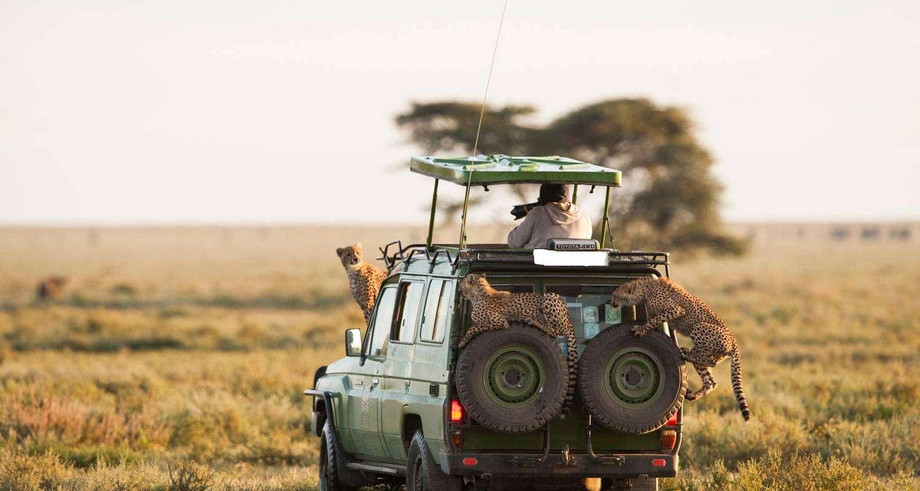Nature's greatest show on Earth, the wildebeest migration, is a breathtaking wildlife spectacle that draws travelers and nature enthusiasts from around the world. This awe-inspiring event, which involves millions of wildebeests, zebras, and other herbivores, takes place in the East African savannah and is a testament to the wonders of the natural world. In this guide, we will explore the best places to witness the wildebeest migration and the remarkable experiences they offer.
The Great Wildebeest Migration
The Great Wildebeest Migration is an annual event that involves the movement of over 1.5 million wildebeests, along with hundreds of thousands of zebras, gazelles, and other herbivores, across the vast plains of East Africa. This natural phenomenon is driven by the search for fresh grazing lands and water sources, and it's a perilous journey fraught with danger from predators like lions, crocodiles, and hyenas.
The migration follows a circular route, covering the Serengeti National Park in Tanzania and the Maasai Mara National Reserve in Kenya. It's divided into two main phases:
The Serengeti Phase: From December to June, the wildebeests graze in the southern Serengeti plains and calve in the Ndutu region. This phase is marked by the dramatic birthing season, where thousands of wildebeest calves are born within a short period.
The Maasai Mara Phase: From July to October, the wildebeests cross the Mara River into Kenya's Maasai Mara Reserve in search of greener pastures. The river crossings are particularly thrilling and attract many spectators.
Best Places to Witness the Wildebeest Migration
Serengeti National Park, Tanzania:
The Serengeti is where the migration begins. It offers a prime opportunity to witness the calving season in Ndutu, where you can see thousands of wildebeest calves taking their first steps.
The Southern Serengeti is also home to predators like lions and cheetahs, making it a hub of wildlife activity.
Maasai Mara National Reserve, Kenya:
The Maasai Mara is famous for the dramatic river crossings that occur during the migration. Wildebeests brave crocodile-infested waters in a thrilling display of survival.
Hot air balloon safaris over the Maasai Mara during the migration season provide a unique perspective on the spectacle.
Ndutu Region, Tanzania:
Ndutu is where the wildebeest calving season takes place, usually from late January to February. Witnessing thousands of wildebeest calves being born is an unforgettable experience.
The region is teeming with predators, providing opportunities to see lions, leopards, and cheetahs in action.
Serengeti Western Corridor, Tanzania:
Located between the Serengeti and Maasai Mara, the Western Corridor is a critical point in the migration route. It's where the wildebeests gather before attempting the river crossings into the Maasai Mara.
Game drives in this region offer excellent opportunities to witness river crossings and predator-prey interactions.
Grumeti Game Reserve, Tanzania:
The Grumeti Game Reserve is known for its luxurious lodges and prime viewing spots for river crossings.
The reserve is less crowded than some other areas, providing a more exclusive wildlife viewing experience.
Tips for a Memorable Migration Experience
Timing is Everything: Plan your visit during the migration season, which varies slightly each year but generally occurs between December and October.
Book Accommodations Early: Lodges and camps near migration hotspots tend to fill up quickly, so make reservations well in advance.
Pack Appropriately: Bring binoculars, a good camera with a telephoto lens, comfortable clothing, and insect repellent.
Go with a Guide: Hiring an experienced guide or joining a guided safari tour enhances your chances of witnessing key migration events.
Be Patient: The migration is a natural event, and sightings are not guaranteed. Patience and flexibility are key to a rewarding experience.
For More Info:-
Place To See Wildebeest Migration
Masai Mara River Crossing Migration






Comments